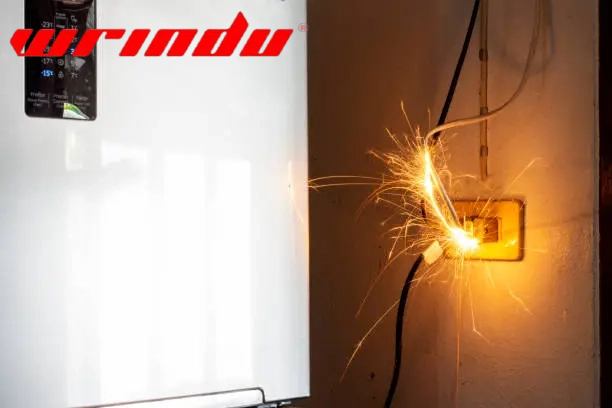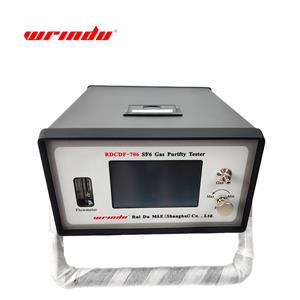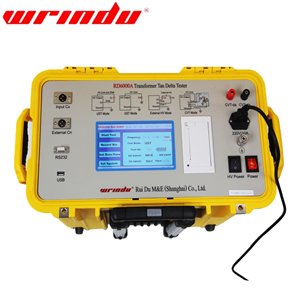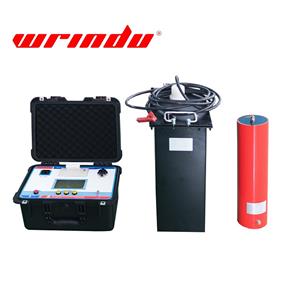How to find a short in wiring?
Confirm short circuit.
Disconnect power and load.
Use testing equipment.
Isolate circuit segment by segment.
Check wiring in walls and conduits.
Cutting or removing walls.
Analyze the cause of short circuit.
Check wiring in walls and conduits.
Repair and prevention.
Test Procedure
Confirm short circuit
First, you should observe the circuit breaker for tripping, sparks, smoke, or unusual odors to confirm that there is a short circuit in the line.
Disconnect power and load
And then, under the condition of safety, disconnect related loads and power supply to avoid electric shock or further damage.
Use testing equipment
Use a continuity tester or impedance meter to test the resistance between the hot and neutral wires. A normal circuit should show continuous or reasonable impedance, while a short circuit will show low resistance.
Isolate circuit segment by segment
Remove or shut down the circuit step by step to reduce the scope of the fault. You can check the wiring box, socket or equipment one by one.
Check wiring in walls and conduits
Focus on areas of recent construction or repair, observing for damage, scorch marks, or other physical abnormalities.
Cutting or removing walls
If it is difficult to find inside the wall, you may need to cut part of the wall to check the internal wiring.
Analyze the cause of short circuit
Check for wire aging, damage, moisture or improper wiring to find out the cause of the short circuit.
Check wiring in walls and conduits
Use a signal tracer or wire locator to help find the specific location of the wire short circuit and improve efficiency.
Repair and prevention
After positioning, replace the damaged lines or connections to ensure line safety and prevent similar problems from happening again.
Frequently asked questions
1. How can I find a short circuit if I am not a professional electrician?
If you're not a professional electrician but want to locate a short circuit, you can try the following steps. First, unplug all devices from the circuit and turn off all lights to see if the problem is resolved. If the issue persists, start from the distribution panel and choose an outlet that's farther away—such as one in the farthest bedroom—for further testing. Second, you can also use a multimeter set to continuity mode (the beeping setting) to check for abnormal current paths in the wiring. Be sure to perform all tests with the power turned off to avoid the risk of electric shock. And last, If the problem is complex or cannot be resolved, it's strongly recommended to seek help from a qualified electrician to ensure safety. You can also contact us for technical help.
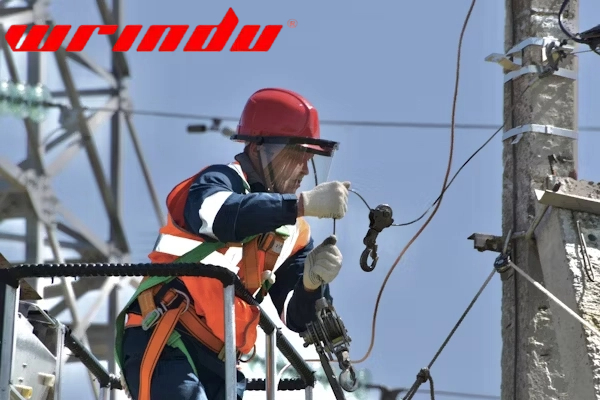
2. Is there a multifunction tester that can detect various problems in an electrical circuit?
Yes, you can learn more about our circuit testing products, and Ruidu guarantees to provide you with professional technical assistance and responsible after-sales protection.
3. What harm will it cause if a power short circuit occurs?
A short circuit can cause a fire, damage electrical appliances, trip circuit breakers, or even lead to electric shock or wiring failure. A short circuit poses a serious safety hazard and should be handled immediately by a qualified electrician.
